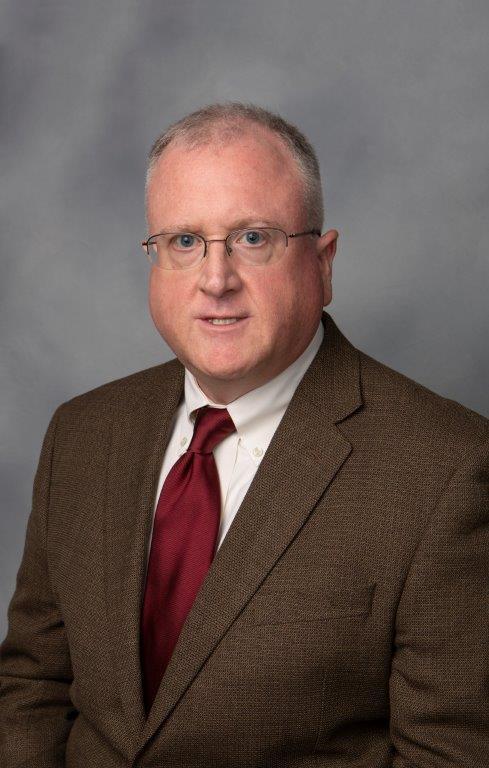
Philip M. Stinson, Ph.D.
Bowling Green State University
Professor of Criminal Justice
Expertise:
Criminal JusticeCriminal Justicepolice misconductpolice misconduct
Philip Stinson, J.D., Ph.D., is a professor of criminal justice at Bowling Green State University. Dr. Stinson’s primary area of research is police behaviors, including police crime, police corruption, and police misconduct. He is the principal investigator on a research project funded by a grant from the National Institute of Justice (NIJ) at the U.S. Department of Justice to study police crime across the United States. His current research project, Police Integrity Lost: A Longitudinal Study of Police Crime, is supported by the Wallace Action Fund of Tides Foundation. Dr. Stinson’s research has been published in numerous peer-reviewed journals, including Criminal Justice Policy Review, The Prison Journal, Victims & Offenders, and Journal of Crime & Justice. His research has also been featured in many news publications, including The Washington Post, The Wall Street Journal, The New York Times, and FiveThirtyEight.com. Phil Stinson has appeared on CNN, PBS, NPR, CBC, BBC, Sky �鶹��ý, CCTV, Radio Sputnik, Democracy Now!, HuffPost Live, and numerous other media outlets worldwide. He teaches a variety of undergraduate and graduate courses at Bowling Green, including Criminal Law, Procedural Rights, Criminal Courts, Criminal Justice Ethics, Criminal Justice Policy Analysis, and Law, Evidence & Procedure in Forensic Science.
Title |
Cited By |
Year |
|---|
No Pitches / Articles Found
"Only a handful of police officers are charged with murder or manslaughter every year."
-
"On-duty officers being criminally charged for deadly shootings is rare in the United States, with just 113 such cases since 2005, while officers fatally shoot over 1,000 people a year."
-
"3.5 percent of black people said they had been subject to nonfatal force — or the threat of such force — during their most recent contact with the police, compared with 1.4 percent of white people."
-
Since 2005, 110 nonfederal law enforcement officers have been charged with murder or manslaughter for shooting someone on duty, Stinson’s records show. From those ranks, 42 officers were convicted of a crime — often a lesser offense — while 50 were not, their cases usually ending with acquittals or dismissals. More than a dozen cases are pending, according to Stinson.
-